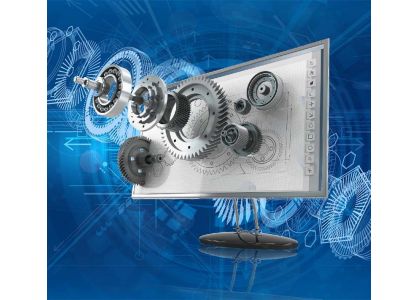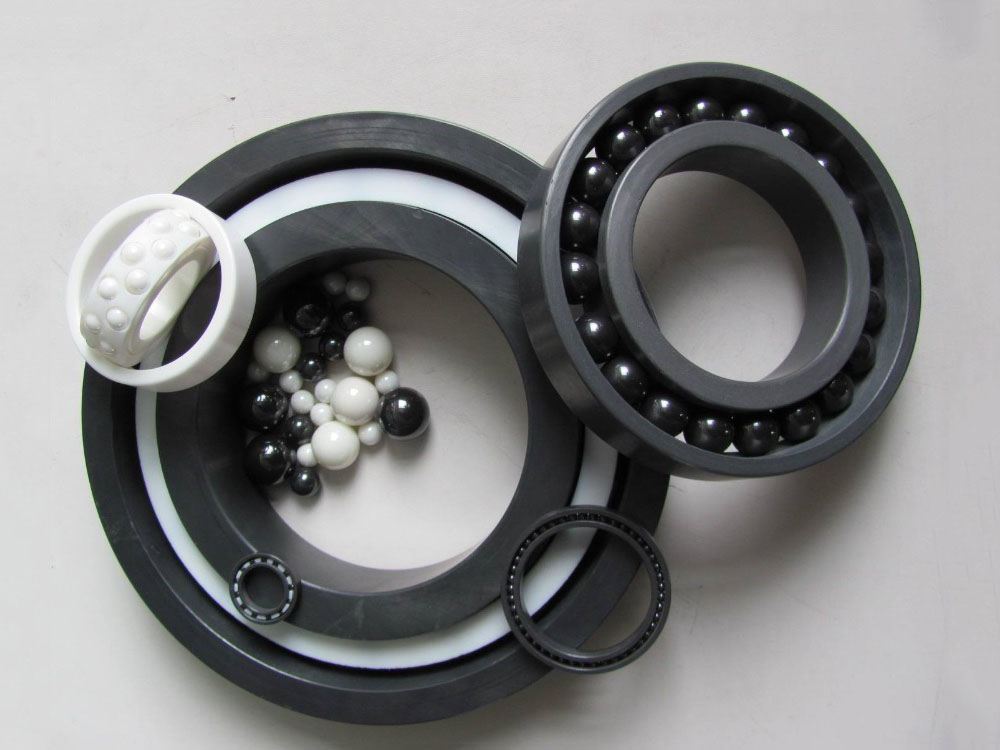INDUSTRY NEWS
The Cutting Edge: Latest Innovations in Bearing Technology

Bearings continue to evolve with new breakthroughs improving performance, efficiency, durability and intelligence. Recent developments utilize advanced materials, smart sensors and improved designs for specialized applications. Staying up to date with the latest bearing knowledge puts engineers at the forefront of innovation.
New Materials. New bearing materials like silicon nitride ceramics provide higher hardness, chemical resistance and the ability to operate without lubrication. Ceramic ball bearings can endure higher temperatures while maintaining dimensional stability and longer life. Metal alloys such as M50 tool steel also increase bearing strength and fatigue resistance for demanding applications. Polymer bearings made of PTFE compounds are chemical-resistant, self-lubricating and enable non-magnetic, insulating properties.

Smart Bearings. The Industrial Internet of Things has extended to bearings with built-in sensors and data connectivity. "Smart" bearings utilize built-in sensors to detect vibration, temperature, and load metrics, allowing predictive maintenance and early fault detection. The data can be transmitted to alert users of any abnormal operating conditions in real time. As an example, SKF offers sensor-ready bearings with integrated wireless enabled sensors. Schaeffler also provides "intelligent" cylindrical roller bearings with sensors connected directly to its cloud-based online monitoring platform.
Improved Designs. Bearing companies continue improving standard bearing designs for greater capacities, extended service life and reliability in specific environments. For example, duplex pair angular contact ball bearings combine two pairs in one unit, sharing the axial load for higher thrust capabilities. Split cylindrical roller bearings utilize two separate cages on one roller and raceway assembly, allowing simple mounting and dismounting from shafts.WRB bearings feature larger rollers placed at an inclined angle to handle both axial and radial forces in one bearing.

Application-Specific Solutions. Some latest bearing designs target particular end uses such as marine, wind, and aerospace applications. Thruster bearings provide marine shaft support with water lubrication. Large diameter spherical roller bearings used in marine stabilizers enable vessel navigating by supporting heavy loads at variable shaft angles. Slewing ring bearings handle slow rotational movements and heavy axial/radial loads for deck cranes and port containers. Aeroengine bearings withstand high temperatures for turbine shaft support, using special alloys and coatings.
With constant progress in technologies and manufacturing techniques, bearings will continue to advance in capability and specialization. The latest innovations incorporate connected sensors, novel materials for extended durability and efficiency, standard design enhancements and custom solutions for the most demanding applications. Companies stay on the cutting edge by closely monitoring new developments, and leverage these to solve complex challenges and open up new opportunities. Continuous learning in the field of bearings has perhaps never been so critical or valuable as it is today.